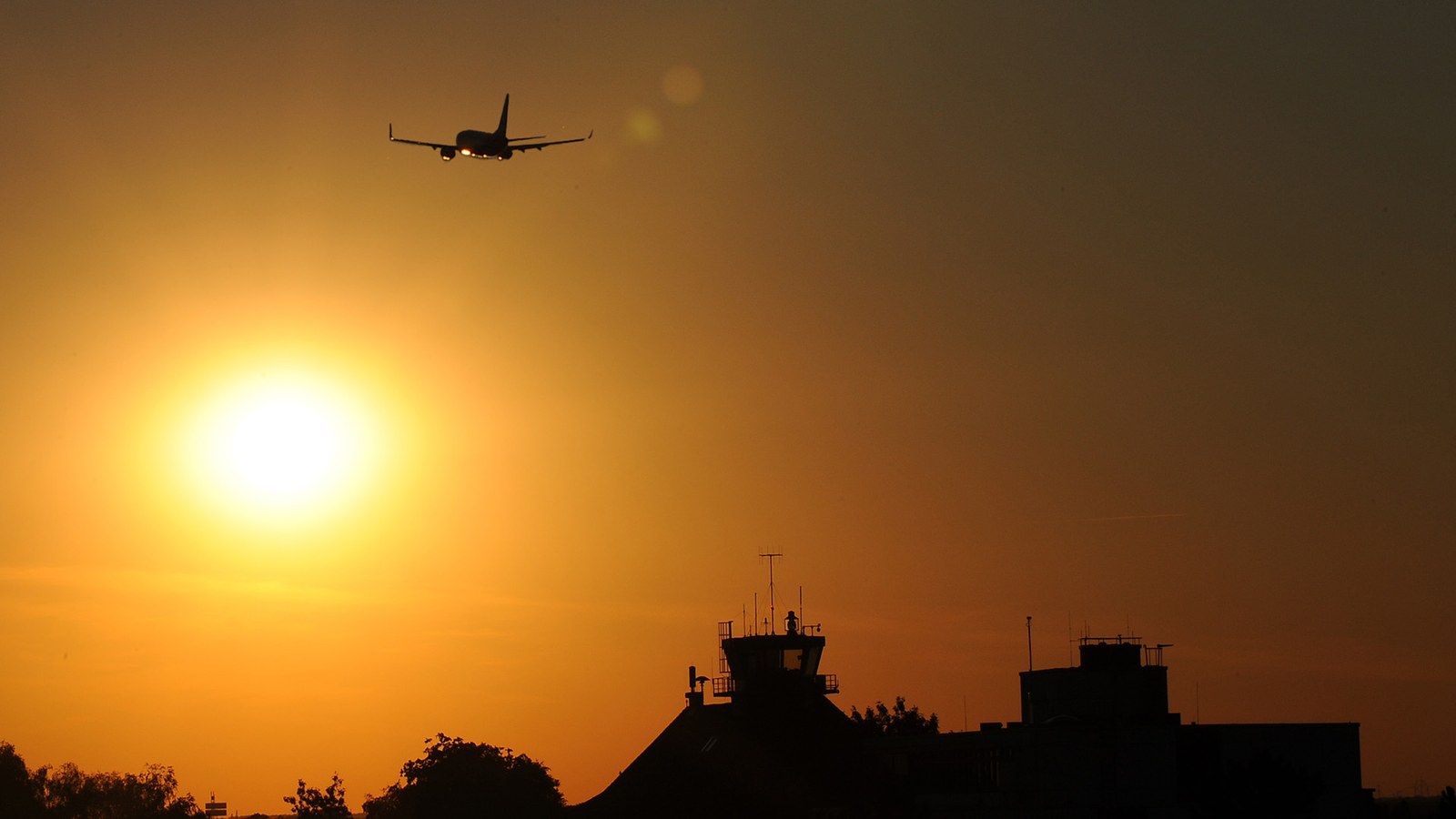Multilateration System (MLAT)

The multilateration system (MLAT) at Braunschweig-Wolfsburg airport offers unique sensor technology that enables the highly accurate surveillance of arriving and departing objects as well as ground objects. This test environment allows new procedures and technology to be researched under realistic conditions.
Modern aircraft are capable of following prescribed flight routes and taxiways as well as temporal requirements with utmost precision. Determining their ground position is, however, problematic. Conventional radar is often used for the surface surveillance of aircraft, which is far less precise than modern systems. This is where the sensor system of Braunschweig research airport comes into play: Its autonomous, ground-based systems enable highly precise and reliable surveillance, irrespective of the aircraft position reports.
The sensor system consists of nine multilateration stations. They compute the position of an object based on time differences of arrival of the signals that it transmits. On the ground, the system has an accuracy of 7.5m. Two of the sensor stations are located outside the terminal area and are used for surveillance of approaches and departures up to 40km around the airport. In this case, a position accuracy of up to 50m is achieved.
The MLAT system is particularly used for research purposes in the field of taxiing guidance, with the German Aerospace Center having significantly influenced its development and standardisation at airports. The system permits the sensory traffic monitoring of the entire airport and the monitoring of taxi clearances.
